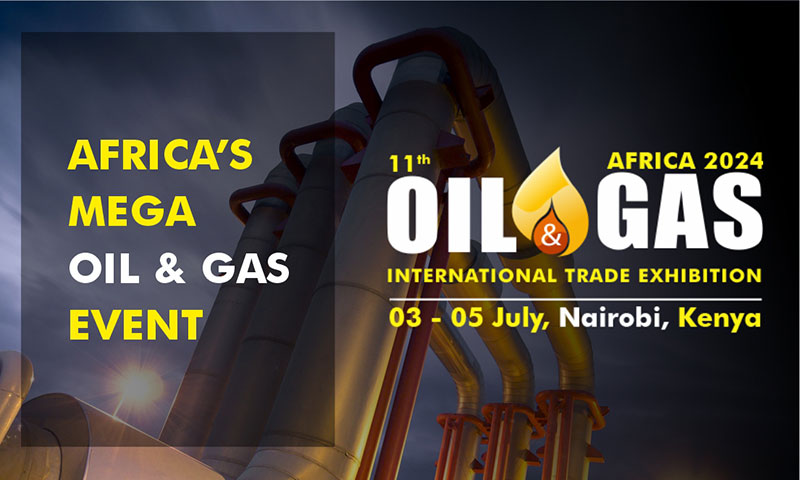

Huge Potential in the Oil and Gas Sector
Posted on :Tuesday , 16th January 2018
Since 2014, Oil prices have recorded the strongest start to a calendar year, with crude oil opening at over $60 a barrel. Oil prices collapsed from almost $120 a barrel in June 2014 due to weak demand, a strong dollar and a booming shale production in the USA.
The biggest oil producers, Russia and Saudi Arabia, have continued to strengthen their collaboration in the oil and gas industry. This is one relationship that we should watch closely because it signals a strategic partnership between two oil-rich states.
These two countries have taken a pole position in the last few months, co-operating in ensuring that prices are propped up. Saudi Arabia is very intent on listing Saudi Aramco and will be quite motivated to keep the oil prices going up as they head towards the privatization.The risk to this outlook could become apparent if Russia stops cooperating, a tipping factor in the production cuts.
In a meeting at Vienna, May 2017, OPEC and non-OPEC producers agreed to continue with crude oil production cuts until the end of 2018. The cuts, from January 2017, are meant to clear the global over-supply. The US crude inventories have dropped by over 20% from the highs recorded last March.
The current deal among producers is to cut supply by about 1, 8 million barrel per day to boost oil prices. However, there is a high likelihood of another price collapse if US producers increase production due to higher prices.
The recovery of upstream companies will lead to an increase in their production which will help the midstream and the oilfield services businesses.
Within East Africa and Kenya, the oil and gas exploration companies will continue with their upstream activities motivated by rising oil prices, as well as embark on the development phase in Turkana in Kenya and Hoima in Uganda
The proposed construction of 1,445-kilometre long crude oil pipeline is due to commence this year. From Hoima in western Uganda to Tanga seaport in Tanzania, the pipeline is designed to carry 216,000 barrels of crude oil daily.
Kenya has planned to speed up the process that will see the construction of the crude oil pipeline from Turkana oilfields to Lamu. A joint development study agreement has already been signed. The 865 km pipeline will cost Sh.210 billion and expected to be complete in 2021.
During the 2014/2016 period, over $1 trillion was taken out of industry spending from 2015 to 2020. This means that cuts are over and upstream companies will seek to grow their profitability and operate at lower prices.
In 2018, there may be as much as $200 billion worth of Greenfield onshore and offshore projects ready to be sanctioned. For instance, Saudi Aramco has announced plans to invest $300 billion in upstream oil and gas projects over the next 10 years. With these investments, the oilfield services sector is expected to continue recovering in 2018 in tandem with the increase in the oil prices
In Kenya, it is highly expected that the Local Content Bill will be passed and signed in 2018. This law is long overdue as it is meant to strengthen existing legal framework. This bill introduces rules and guidelines into the country’s nascent upstream oil and gas industry, as a means of promoting and protecting local growth.
Please Select an Option
-
Exhibiting
-
Visiting
-
Information

Expogroup
Expogroup is a full service exhibition organiser with over 28 Years experience in International trade exhibitions. Our current portfolio includes 28 annual exhibitions from a diverse range of industries being held across the Middle East & Africa.
EXPOGROUP © 2024 | Privacy policy
